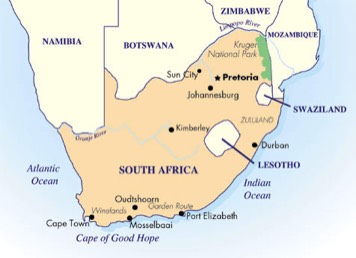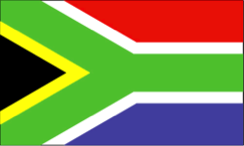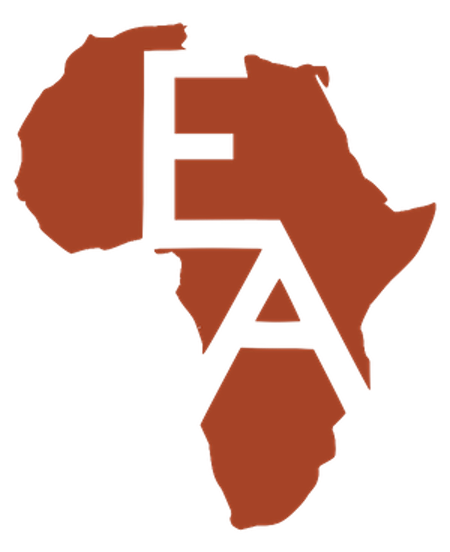

From the CIA World Fact Book

South Africa is a beautiful country with a stunning landscape, fascinating animals, diverse people, and colorful cultures. South Africa is also a country with unique challenges. Although South Africans are very open to the Gospel of Jesus, they are also very protective of their culture and traditions.
A Look At HIV/Aids
5.2 Million
Number of people living with HIV/Aids
3.9 Million
Orphans in South Africa (2009)
2.5%
Prevalence of HIV among children 2-14 years of age
1 in 16
Children die before their 5th birthday
66%
Percentage of all children living in poverty
4,500
Women who die during their pregnancy every year
57,000
Reported Cases of violence, abuse, or exploitation of children between 2008/09 and 2009/10
These statistics come from the
UNICEF 2010 Annual Report - South Africa
5.7 million
Number of people living with HIV/Aids
3 million
Number of women (ages 15 and up) living with HIV
280,000
Number of children (ages 0-14) living with HIV
8.6%
Prevalence of HIV among youth ages 15-24 (2008).
This is down from 10.3% in 2005
1 in 3
Prevalence among women ages 25-29
(this is the worst affected group nationally)
500,000
New HIV infections
400,000
Aides Deaths
These statistics come from the
2010 UNAIDS Report - South Africa
Eyes of Africa
This is why we devote our lives to making an impact in the lives of orphaned and hurting children...If we don't who will?







